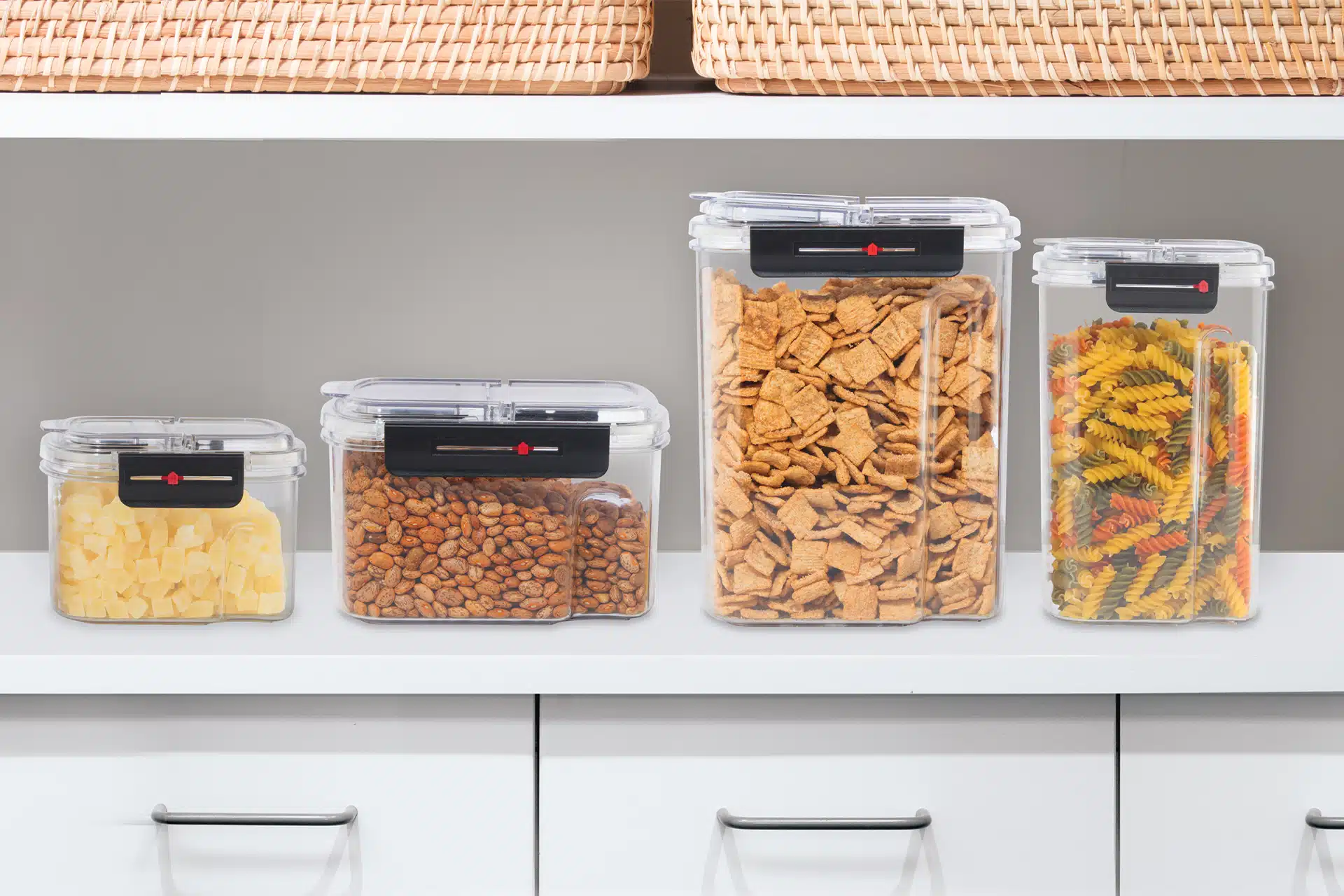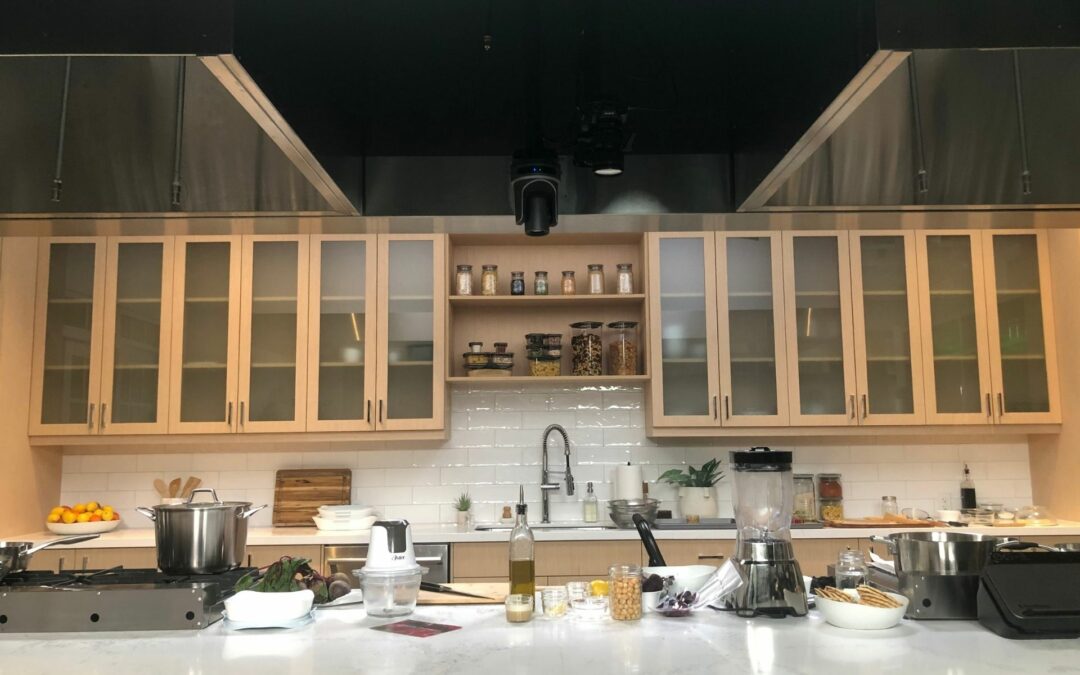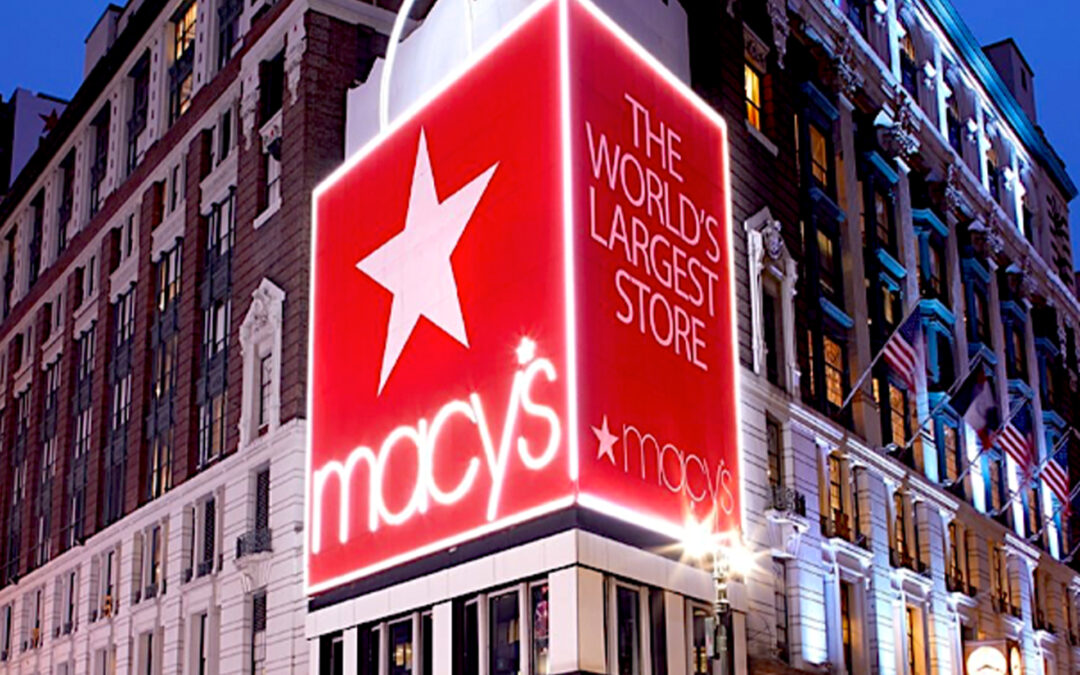The food storage container market in the United States is forecast to serve up a compound annual growth rate of 2.67% from 2023 through 2029, according to market researcher Arizton.
According to a report from Arizton, the 2023 food storage container market across consumer and food service sectors generated sales of $36.15 billion in 2023 and is likely to reach $42.36 billion by 2029. The company pointed out that plastic food storage containers dominate the U.S. market, and the segment is advancing at a CAGR of 2.44%. Properties such as affordability, versatility, lightweight, leakproof and airtight design and durability have driven the plastic segment to its leadership position, according to Arizona.
As the U.S. food storage container market develops, consumers continue looking for sustainable options. This preference has led to the increasing use of biodegradable, recycled and compostable materials. However, many consumers also look for transparent material-based containers, as in the case of glass and acrylic. In addition, more consumers are expressing an interest in silicone storage products. A consumer preference for stackable and modular containers is growing significantly in the U.S. food storage container market, as well. Arizton noted.
In terms of actual products, jars, canisters and cans are among those segments growing significantly, Arizton maintained, with the fastest CAGR of 2.74% during the forecast period. The segment’s growth is due to growing demand for portion control and meal preparation, increasing focus on food safety and preservation and rising popularity of sustainable and reusable options, according to Arizona.
When it comes to where purchasing occurs, digital operators are growing the fastest, with a CAGR of 3.74%. Many online platforms provide quick and same-day delivery options, giving convenient access to containers. Consumer access to detailed product information and user reviews helps make informed decisions easier and helps drive the market, Arizton indicated.
The residential segment has the largest market size of revenue in the end-user segment of the food storage container market. The demand in the segment is growing significantly because of a variety of factors such as cooking habits, income level and regional preferences. Bulk buying habits and larger families may lead to demand for sets and larger containers for foods such as flour and grains.
Hotel, restaurant and catering industry users are looking for containers that are easy to store and use but can also withstand factors such as the elements during delivery and transportation. Foodservice operators seek customization in food storage products that meet specific needs, including their branding requirements.
Arizton asserted that the food storage container market drivers are the growing popularity of sustainable containers, rising demand for durable and lightweight containers, and increasing preference for durable and lightweight containers.
However, the company also listed challenges:
- Increasing concern as regards sustainability
- Volatility in raw material prices
- Lack of product differentiation





